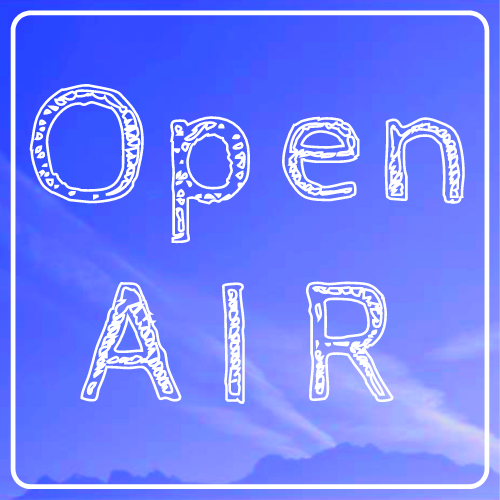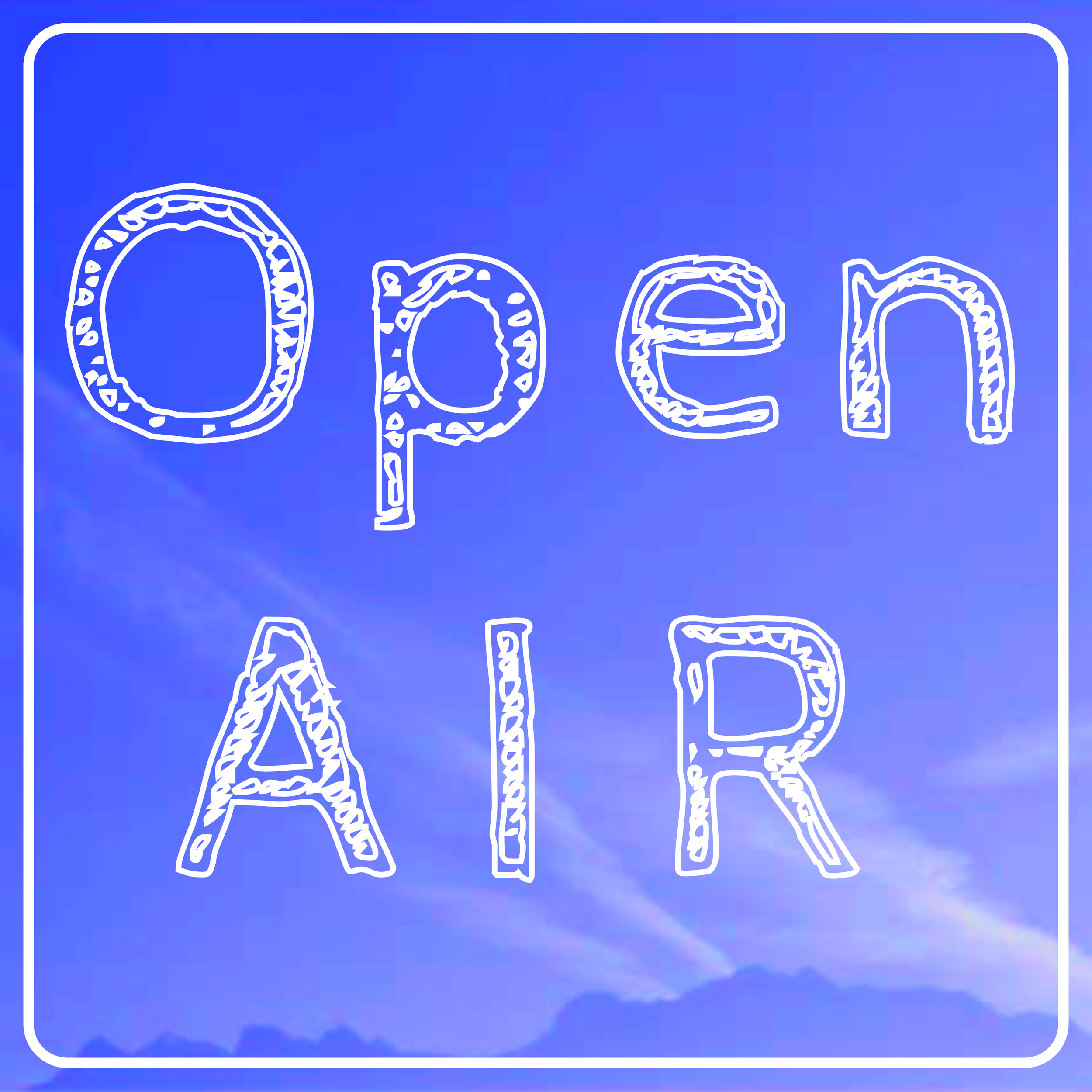Manette Rene Bradford: EXTRACTION
“I love the unknown and unknowable above all else. I hope I can surprise myself forever.”
Summer II 2024 Artist-in-Residence Hungry Hill Art Center in Butte, MT
Our Lady by Manette Bradford.
Is there a particular goal or mission driving your creative journey?
My goal is to remain flexible and never go into a project with too much attachment to a specific outcome, and to make open-ended work that I never understand completely. I enjoy researching and collecting information about subjects that I’m interested in, for the purpose of guiding me into projects. But my work doesn’t come out of that information directly, from understanding a subject and knowing facts. I’m not working to solve problems and find answers. I love the unknown and unknowable above all else. I hope I can surprise myself forever.
The Continental Mine in Butte, Montana.
How did the residency influence or change your artistic direction? Were there moments that surprised you or shifted your process?
During the weeks prior to my Butte residency, when I packed materials and began to plan projects, I had anticipated working on very different projects than the work I made while I was there. I’d been researching Butte history for a few years, and though I wanted to remain as open to the experience and flexible as possible, I had specific interests and ideas for painting, animation, and printmaking projects. Intaglio printmaking has long been one of my favorite mediums, and I bought tools, paper, ink, and copper plates (very appropriate for Butte) in preparation to produce a series of engravings at the IBRC Print Studio.
On the second day of orientation, we were given a tour by Montana Resources of the Continental Pit Mine. This experience had a huge impact on me, and the work I made at Hungry Hill was in direct response to it. The visual information I collected from the tour fueled my work during my time in Butte, and continues to inform my work. Witnessing excavators scoop and load massive amounts of ore into enormous haul trucks, and contemplating the colossal scale of this displacement of earth for the extraction of resources dramatically shifted my focus. The conflicts and politics of the copper kings, labor organizers, and other famous personalities in Butte history are fascinating, but the grueling physical labor of thousands of bodies built the industry that built Butte, and the ecological devastation that followed. My research prior to the residency had been through reading books, watching documentaries, listening to podcasts. Now that I was in Butte, the physicality of working sculpturally with clay allowed me to connect with the themes of my research somatically.
Mine tailings puddle at the Berkeley Pit, Butte, MT.
In Butte, I found myself mostly thinking about water. Though I had been researching and making work about the Clark Fork River Superfund Site, I had not considered making the Berkeley Pit a subject of my work, because the Berkeley Pit is such a well-known feature of the Butte landscape. During orientation, we were able to view it from an area that is not open to the public. It is incredible to witness firsthand, and it was impossible for me to comprehend its scale prior to seeing it in person. I grew up in the Twin Cities, and spent a great deal of my childhood on and around bodies of water. They made a huge impression on my psyche, and lakes and rivers make regular appearances in my dreams. The Berkeley Pit ignited my imagination.
In progress works by Manette.
In progress works by Manette
I visualize the historical events of the last two hundred years in Butte as one giant machine, constantly in motion. Like watching a time-lapse video, I see the cyclical flow of bodies above and below ground, the flow of water, the movement of masses of earth. Surges of bodies burrowing underground deep in the earth below the hill, wearing themselves down to excavate and haul ore to the surface, to move and process and smelt the ore, to maintain and organize households, provide food, produce more bodies, and labor in the sex work industry. And in tandem with these operations are the movements of earth and water, heavy metals erupting to the surface, being lifted and carried over the landscape by water, swelling and depositing tailings all over the floodplain, and all the way out to the Pacific Ocean.
The Anaconda Smelter Stack in Anaconda, Montana, is one of the largest free-standing brick structures in the world.
What are you reading/watching/ or listening to?
During the residency, I was reading:
True West, by Betsy Gaines Quammen
Butte’s Berkeley Pit, by Pat Kearney
The Battle for Butte, by Michael P. Malone
Dark Ecology, by Timothy Morton
Water Beings, by Veronica Strang
I revisited two podcasts about Butte while I worked: Richest Hill, and the first season of Death in the West.
View from Foreman's Park at Mountain Con Mine Yard, Butte, MT.
In progress view of Our Lady by Manette.
Describe your Open Air Residency experience. For example, how did you spend your time, construct your space, or engage with the community?
My residency experience was incredible. The first few days of orientation were spent touring historically and ecologically relevant sites in Butte, which was a powerful introduction to the entire experience. After orientation and a gorgeous 3rd of July (Butte sets off the 4th of July fireworks on the 3rd), I started working. I worked on two projects until the last day of my residency, taking occasional breaks to explore the area, revisit the Berkeley Pit, attend a Butte Environmental Council meeting, and attend other events. On the final day of my residency, I went on a tour of the Anaconda Smelter Stack, which was the perfect ending to the whole experience and provided me with plenty of fuel for future work.
The Clark Chateau is beautiful, and I had a lovely workspace there, but I spent the majority of my time working at Hungry Hill. The Imagine Butte Resource Center is located in a building that was under construction during my residency and, at one time, had been a department store. Hungry Hill is located on the bottom floor, with an adjacent area that had been a cafeteria and was being used for storage. I cleared out a space for myself there and was allowed to use it as a studio. It was in this space that I spent the majority of my time, often until late at night. I worked there until the last day of the residency, when my work went into the kiln to dry and fire, and I returned a few weeks later to pick it up and bring it home.
Manette Bradford at work at Hungry Hill during her Open AIR Residency.
I am so grateful for the support I received during my residency and the wonderful people I had the pleasure of getting to know: Mike Kujawa at Hungry Hill, Christine Martin and Roy Ivy at the Clark Chateau, BT Livermore, and Aubrey Jaap at the Butte-Silver Bow Archives. I had access to so many resources during the residency, but I wanted to stay focused and complete projects while there, and not get option paralysis. Perhaps I was imitating the pattern of people coming to Butte with a sense of urgency, to extract as much as possible in a limited amount of time.













